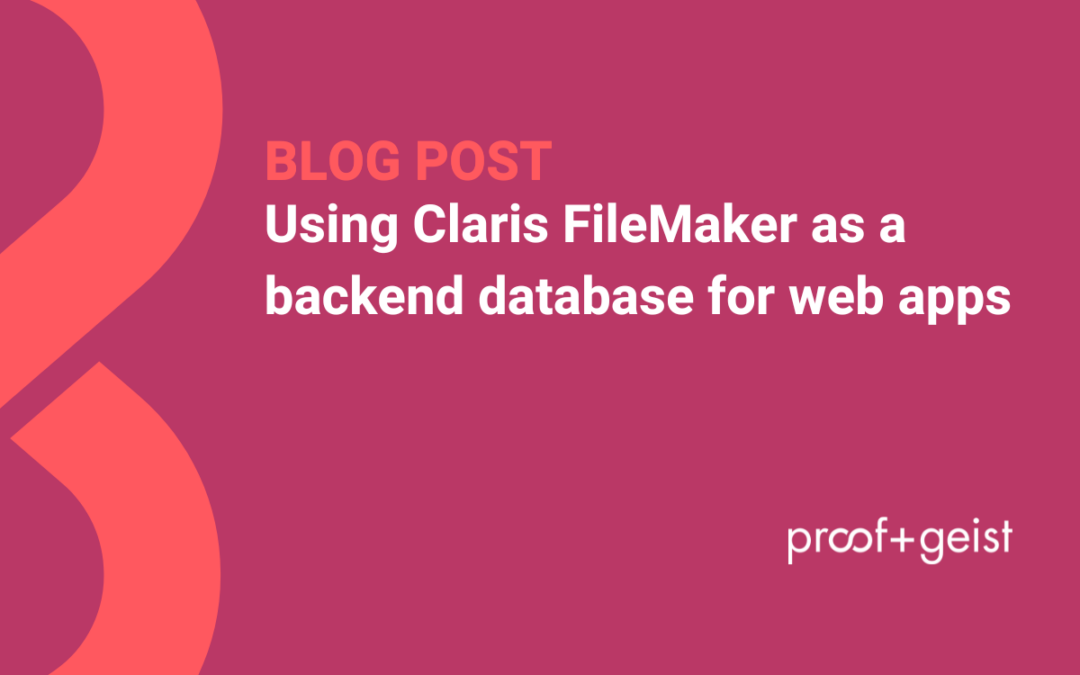The web offers a range of powerful tools that streamline business operations—Stripe for payments, HubSpot for CRM, and Mailchimp for email campaigns. It’s also where customers interact with tailored systems, such as portals for orders or support tickets.
The Claris platform, including FileMaker, extends this flexibility by providing custom software for desktops, mobile devices, and web browsers to manage key processes like order tracking, production workflows, and inventory management. Businesses rely on Claris daily to enhance efficiency with its versatile features.
While FileMaker itself is robust, its true potential shines when integrated with specialized web tools and services. By blending web technologies with custom FileMaker apps, businesses unlock limitless possibilities for innovation.
A seamless customer and business flow
Imagine a business flow where Customer Jeanine wants to submit a support ticket to your repair business. The flow might look like this:
As the customer:
- Jeanine logs into an online portal
- She creates a service request and uploads supporting documents and pictures.
As the repair business:
- Jeanine’s service request creates a work order in FileMaker
- It also alerts the scheduling team in Slack
- In FileMaker, the work is assigned to a tech
- Through FileMaker or a web portal, a tech provides documentation, enters labor and material, and updates the status of the work order
As the customer:
- Jeanine receives an email that the work is complete.
- She sees a complete support ticket in the web portal
- She pays directly in the web portal using Stripe.
FileMaker’s ability to integrate with multiple platforms makes complex workflows accessible.
The Nuts and Bolts
Watch this demo to learn how OttoFMS enhances FileMaker Server with features like webhooks, Data API proxy, and application logging. You’ll see how FileMaker’s REST and oData APIs can be integrated with Next.js and Mantine to build mobile-friendly, server-rendered React applications. We also explore authentication strategies like Clerk and Ottomatic SSO, and highlight open-source libraries such as @proofgeist/fmdapi and @proofgeist/fm-webviewer-fetch to simplify FileMaker integration.
Conclusion
Using Claris FileMaker as a backend for web applications opens up vast opportunities, enabling seamless integration with specialized tools and services. By combining FileMaker’s robust capabilities with modern web technologies like Next.js and Mantine, alongside libraries like @proofgeist/fmdapi, you can create efficient, user-friendly applications that enhance business processes and customer experiences.
The ability to integrate FileMaker with external services like Stripe for payments or Slack for notifications makes it a vital part of any technology ecosystem. Whether managing support tickets, processing orders, or handling workflows, FileMaker’s integration capabilities ensure everything works together smoothly. Ready to elevate your web app with Claris FileMaker? Contact us today to explore how we can help you bring your vision to life.

